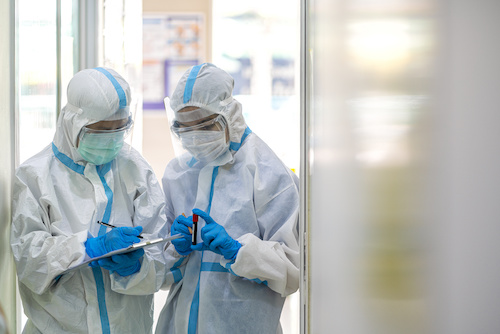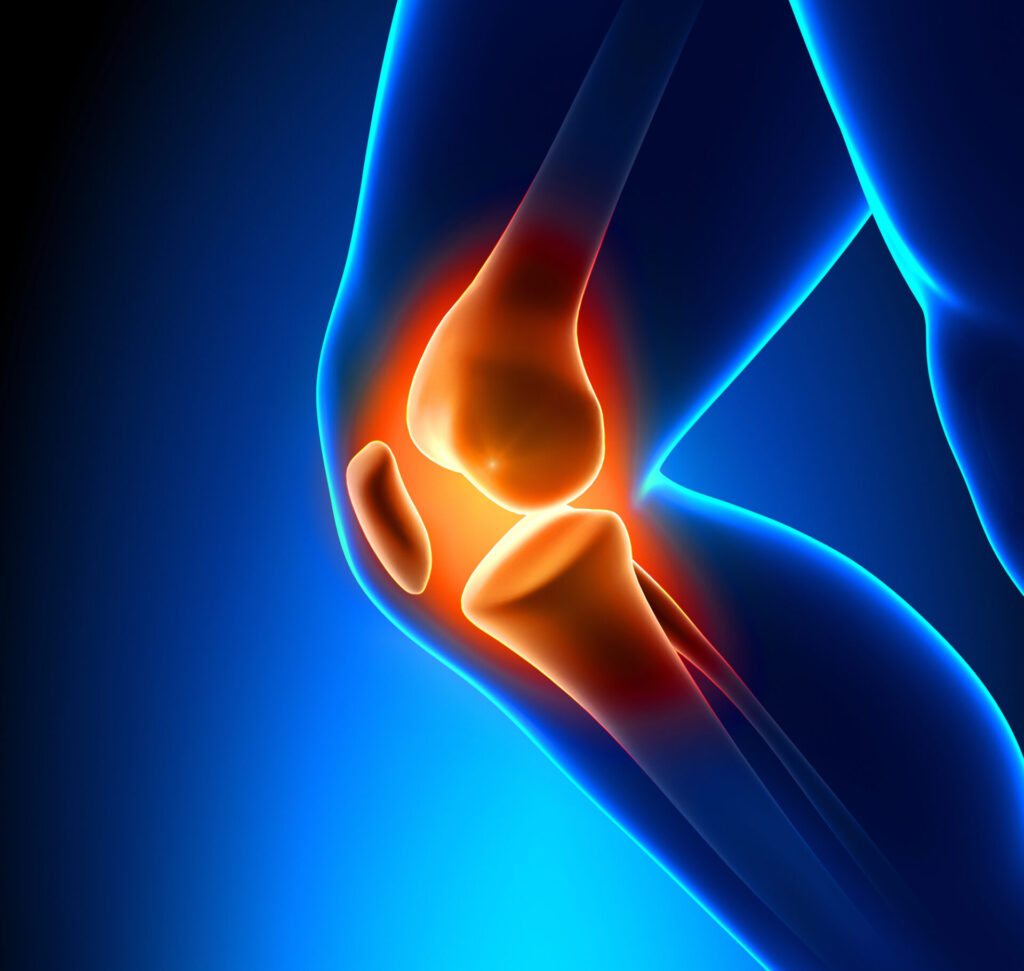Researchers have reported a significant and positive relationship between the amount of virus present in a throat swab sample and COVID-19 severity. The higher the relative viral load in the sample, the greater the organ damage, and the longer it would take for the viral RNA count to turn negative, according to the results published in Viral Immunology, a peer-reviewed journal from Mary Ann Liebert, Inc., publishers.

In “Correlation Between Relative Nasopharyngeal Virus RNA Load and Lymphocyte Count Disease Severity in Patients with COVID-19” Wei Zhang and coauthors from The First Affiliated Hospital of Nanchang University (Jiangxi, China), collected nasopharyngeal samples from patients with mild and severe COVID-19. They measured the level of viral RNA in the sample, also known as the viral load. Viral load correlated positively with the severity of disease symptoms and with increased inflammatory factors. There was a negative correlation between SARS-CoV-2 viral load and lymphocytes, such as CD4+ and CD8+T lymphocytes, which fight infection.
This study included 76 patients with COVID-19 hospitalized at the First Affiliated Hospital of Nanchang University. Time from onset to admission ranged from 1 to 11 days (median = 4 days). Five cases had a history of smoking, and 26 cases had underlying health conditions, including seven with essential hypertension, seven with chronic liver disease, and three with diabetes.
“Of the 46 cases in the severe group, the median SARS-CoV-2 RNA ΔCT value from nasopharynx samples was −1.25 (IQR −5.21, 1.78), while the corresponding ΔCT value of the 30 cases in the mild group was 4.48 (IQR 2.42, 6.43), and the difference in relative RNA load between the two groups was significant (Z = 5.53, p < 0.001).”
In patients with less severe symptoms, “three days after onset, the viral load began to decline, and 15 days after onset, the test results of all the patients from the mild group were negative. The median time that it took for the nucleic acid test to turn negative was 4 days in patients from the mild group, while it was 10 days in patients from the severe group. The difference was significant (Z = −6.713, p < 0.001).”
David L. Woodland, PhD, Editor-in Chief of Viral Immunology and Adjunct Member of the Trudeau Institute in Saranac Lake, NY, states: “We currently have only a limited understanding of why some patients with the SARS-CoV-2 virus develop severe, life-threatening symptoms, whereas others do not. In this paper, Zhang and colleagues present data correlating viral loads in the nasopharynx with disease severity and progression. These important findings potentially offer medical professionals with crucial information when deciding on treatment options for COVID-19 patients.”
Conclusion/ “In summary, the SARS-CoV-2 RNA test is an important tool for the diagnosis of COVID-19. Higher SARS-CoV-2 nasopharyngeal RNA loads are more common in patients with severe disease. On the one hand, high virus loads may directly damage tissues and cells; on the other hand, a strong immune response to high viral loads in the human body can also seriously damage cells and organs. Moreover, high viral loads directly influence disease progression and the time it takes for the nucleic acid test to turn negative.”
Click here to read the full-text article free on the Viral Immunology website through May 30, 2020.





